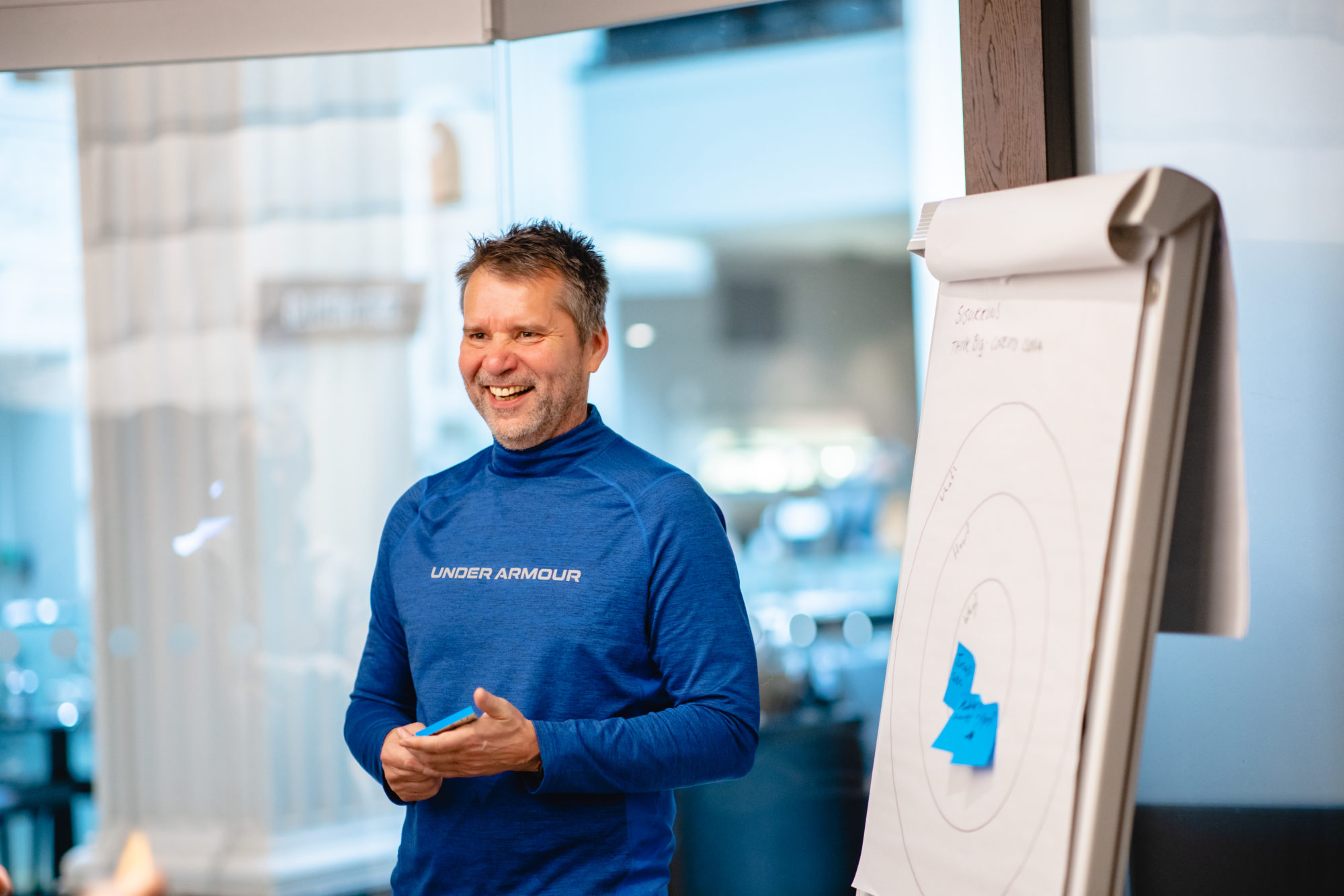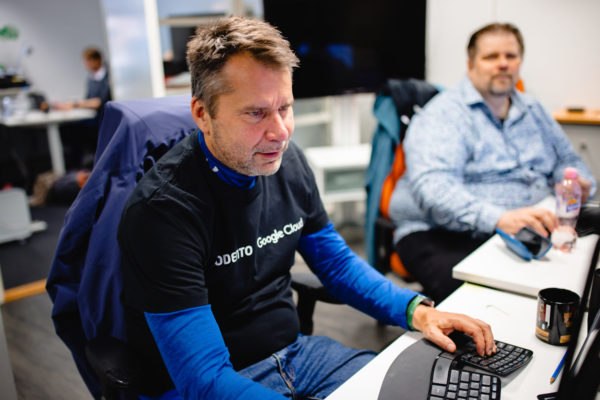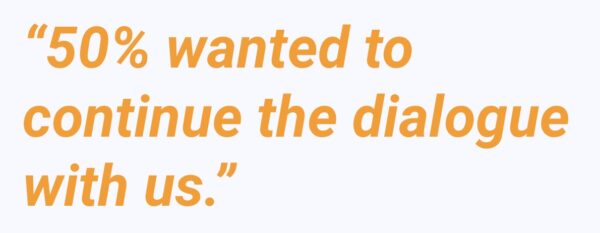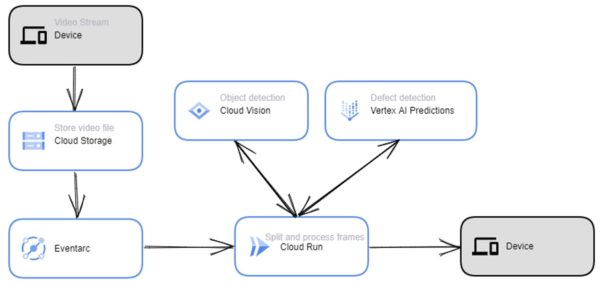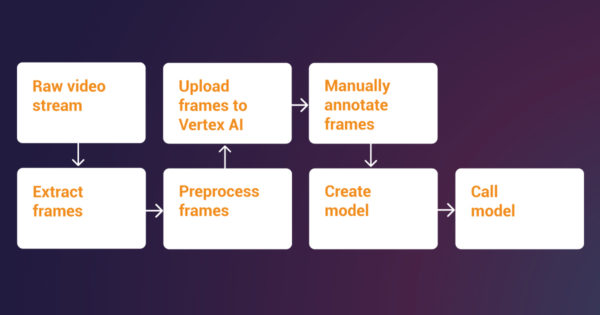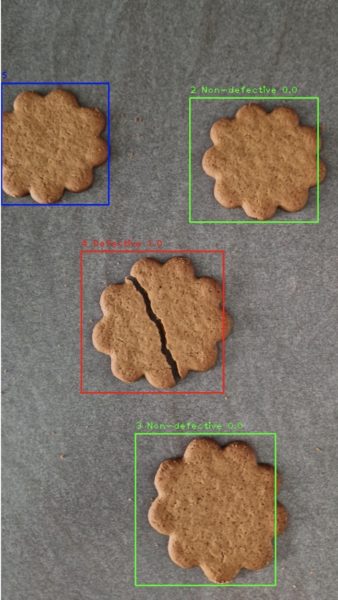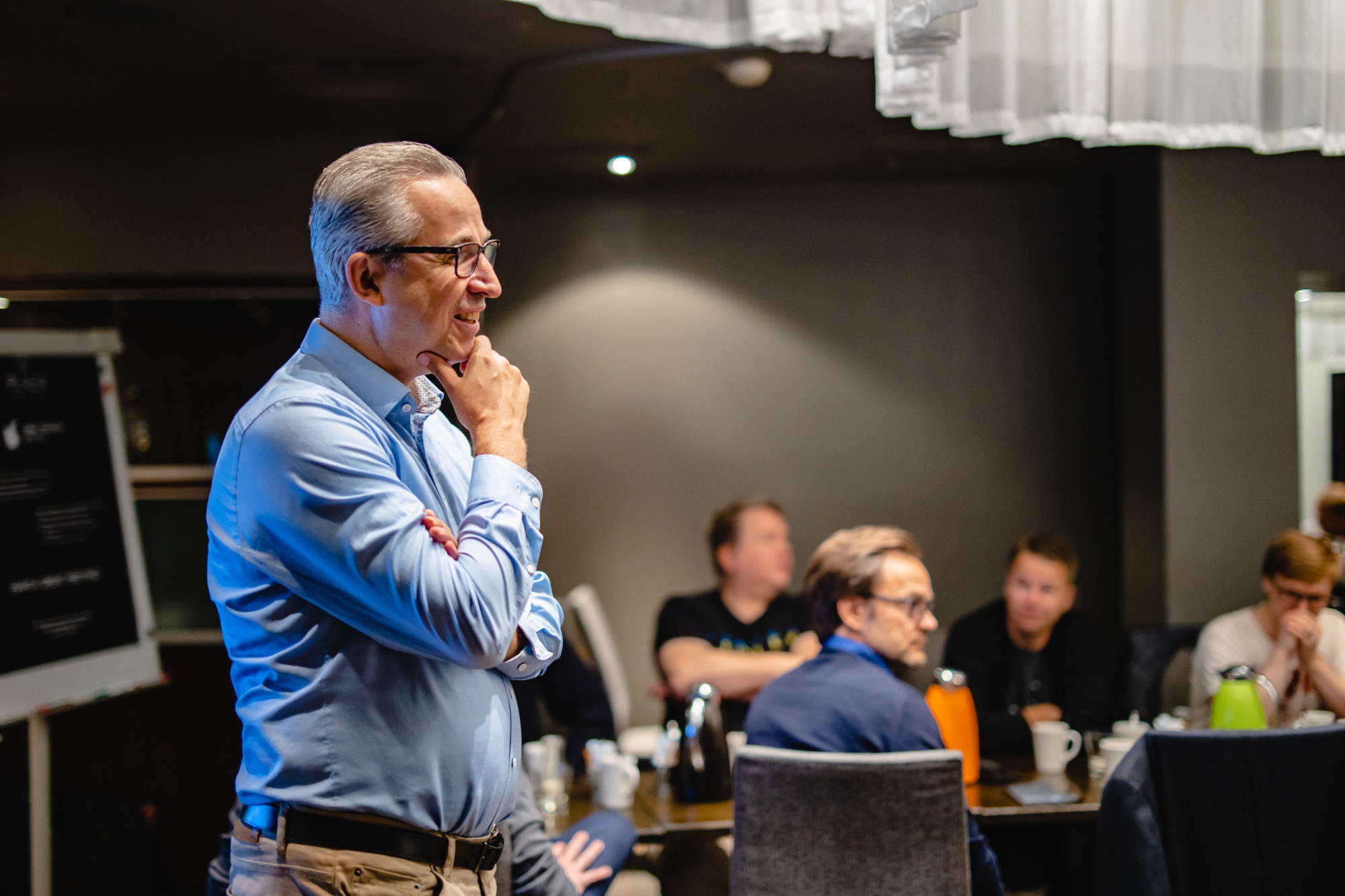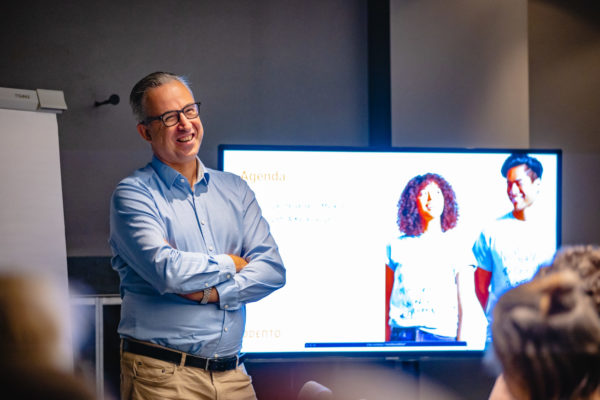Boosting Contact Center Effectiveness with AI
Conversational AI happens at competitors’ CCs while you’re busy making other plans
Author: Janne Flinck, Data & AI Lead
Working for Nordic organizations in various industries, I have gladly noted that front-runners are already deploying modern Artificial Intelligence tools to increase their contact center efficiency and customer satisfaction. In contrast, the majority are still looking for marginal improvements via tweaks in ticket handling or streamlining the edges of their onboarding processes.
“Life is what happens to you while you’re busy making other plans.” This familiar motto applies to many Nordic customer service and contact center decision-makers regarding conversational AI: It’s happening at competitors’ contact centers while you’re reading this blog.
Exceeding customer expectations while managing costs
Whether you’re a Nordic public sector entity or a private company running your business here, exceptional customer service is crucial. According to Salesforce, nearly 90% of customers today perceive the experience delivered as important as the actual products or services. Customer service leaders and marketing and sales officers face a common challenge: providing consistent, high-quality service while managing costs and resources effectively.
Nearly 90% of customers perceive the experience delivered as important as the products or services.
You want to ensure prompt, accurate responses to customers within acceptable wait times, regardless of the time of day. Simultaneously, you must balance the cost of contact center teams and onboarding new agents. You want to stay agile and be able to scale to meet the needs of growing organizations or seasonal peaks. Moreover, you want to gain insights into customer behavior and service performance to steer strategic decisions for optimizing operations and improving service quality. This is where Google’s Customer Engagement Suite comes into play.
Agents for agents
Generative and conversational AI agents are revolutionizing customer service, particularly in contact centers. Customer Engagement Suite is a collection of Google Cloud products designed to enhance contact center agent productivity, boost customer satisfaction, and reduce operational costs.
When your agent starts a call with a customer, Customer Engagement Suite provides live transcription, real-time answers to the customers’ questions, and a discussion summary. This helps the agent focus on customer interactions without worrying about taking notes. Customer Engagement Suite’s omnichannel support covers chat, SMS, VoIP, and video, ensuring seamless customer experiences across all channels.
Generative AI agents produce automated answers to customers’ questions by integrating to enterprise knowledge bases and other internal and external data sources. Customer Engagement Suite can also automate tasks like checking order status or updating payment details, ensuring customers always receive up-to-date information and services tailored to their needs. All this increases the efficiency of operations, and we have seen customers reduce call durations by up to 10%, yielding a significant payback to the system investment.
We have seen up to 10% reductions in call duration.
Quick access to relevant agent data will also shorten the time needed for new employee onboarding. When newcomers have speedier access to appropriate knowledge, the onboarding period can be up to 25% shorter, leading to a stark improvement in efficiency.
Many customer service calls involve tedious information-seeking, often for questions that repeat over time. Customer Engagement Suite’s virtual agent chatbots can relieve your agents of the repetitive burden by automatically finding answers to common questions using existing information sources and handling text, voice, and images in customer encounters. By reducing the need for human intervention in routine cases, the chatbots free human service agents to offer a more personal and richer interaction that increases customer and employee satisfaction.
Customer Engagement Suite offers powerful analytics tools that provide insights into customer interactions. These tools help your organization identify trends, improve processes, and make data-driven decisions.
As the Customer Engagement Suite is fully developed and managed by Google, it allows you to concentrate on extracting value for your operations. The deployments are efficient due to its seamless integration with telephony and contact center applications and tools for building custom features that adapt to your processes.
The Quantified Impact of AI in Contact Centers
In the bigger picture, AI will affect both new hires and existing employees in the coming years—in both negative and positive ways, depending on your position. In Metrigy’s AI for Business Success 2024-25 global research study of 697 companies, the following was discovered:
- New hires – More than half of companies were able to reduce the number of new agents they needed to hire. The numbers are substantial: Those who did not use AI in their contact center, had to hire almost twice the number of agents during the year 2023 compared to those who used AI.
- Existing employees – When contact centers were augmented with AI, nearly 40% of companies were able to reduce their headcount, with the average reduction being about one in every four employees.
For business leaders looking for technology to drive cost efficiencies, AI is doing its job. For example, with the addition of AI agent assist, the average handle time dropped by an average of 30%. At the same time, each supervisor saves nearly two hours per week when AI helps with scheduling and capacity planning. In addition to making agents and supervisors more efficient, AI-enabled self-service also helps automate customer interactions so that fewer of them even require live agent attention.
Real-world success stories in the making
I am honored to help several of our leading customers in the Nordics embrace the benefits of generative AI and conversational AI in their contact center operations. The most value can be extracted in organizations where the number of daily contacts is high, and the onboarding cost is noticeable due to complex product structures. Such fields include retail, travel and leisure, banking, and insurance. Similarly, organizations with high peak demand, such as nonprofits with surging inquiries during a fundraising campaign or public offices with specific deadlines for citizens’ input, could benefit from Customer Engagement Suite. It helps diminish the burden of agents on duty, channels routine questions directly to virtual agents, and makes onboarding seasonal employees more straightforward.
As an experienced and awarded Google Cloud Solutions integrator, Codento offers comprehensive support to ensure a smooth transition to your contact center’s era of AI. The fact that Customer Engagement Suite is a complete solution developed and managed by Google will ensure a robust platform integrated with all your relevant data sources and a foreseeable future roadmap on which to build your contact center success.
Key takeaways:
- The experience delivered, e.g., by your contact center agents is as important for your business as the product or service you actually sell
- Google has packaged Artificial Intelligence tools for excellent customer service into a managed solution called Customer Engagement Suite
- The efficiency effect of AI in Contact Centers has already been quantified and, e.g., handling times have been seen to drop by 30%
- Codento is already working with Nordic organizations to harness AI for better customer experience and more efficient Contact Center operations

About the author:
About the author: Janne Flinck is an AI & Data Lead at Codento. Janne joined Codento from Accenture 2022 with extensive experience in Google Cloud Platform, Data Science, and Data Engineering. His interests are in creating and architecting data-intensive applications and tooling. Janne has three professional certifications in Google Cloud and a Master’s Degree in Economics.
Stay tuned for more detailed information and examples of the use cases! If you need more information about specific scenarios or want to schedule a free workshop to explore the opportunities in your organization, feel free to reach out to us.



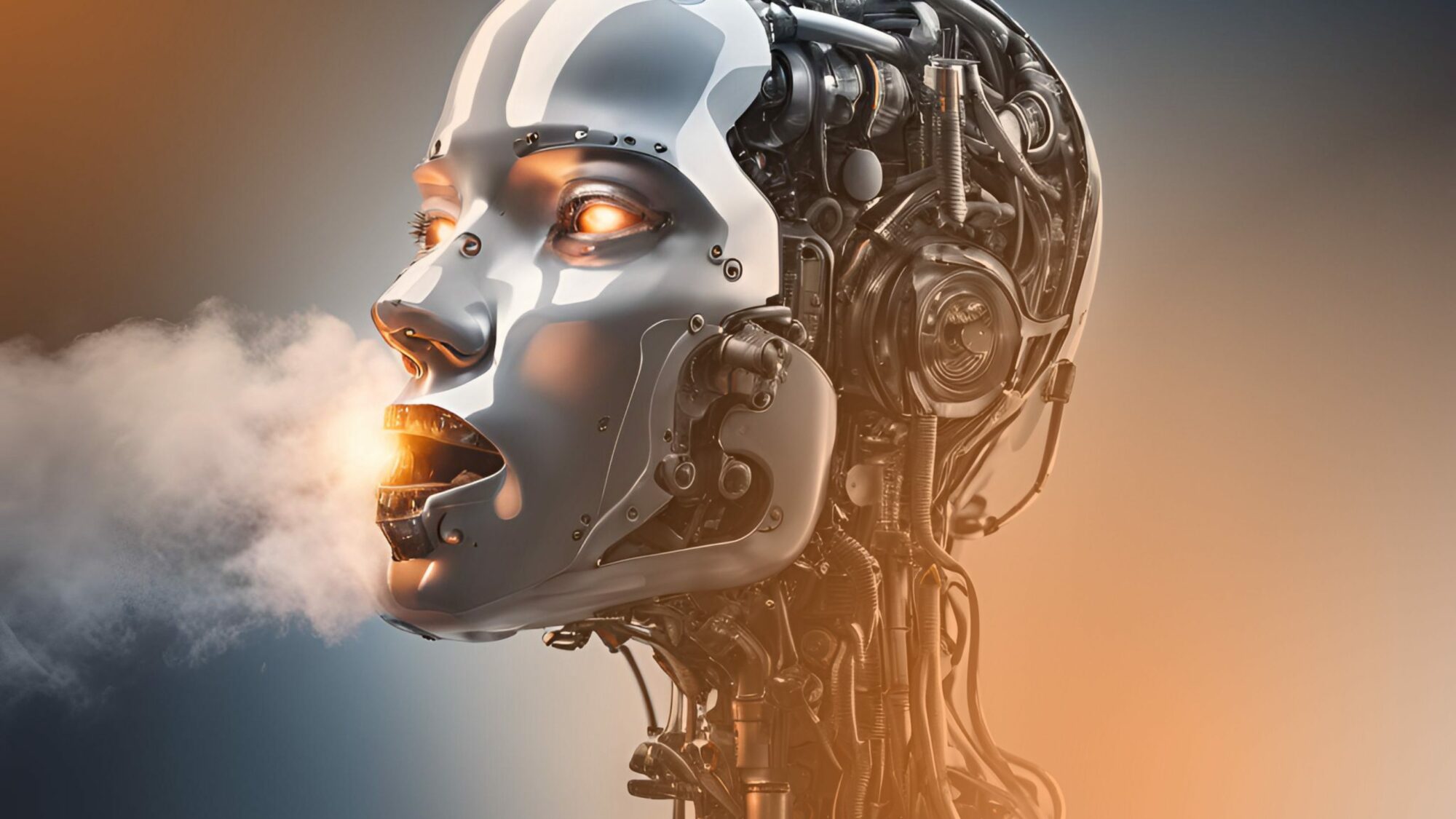
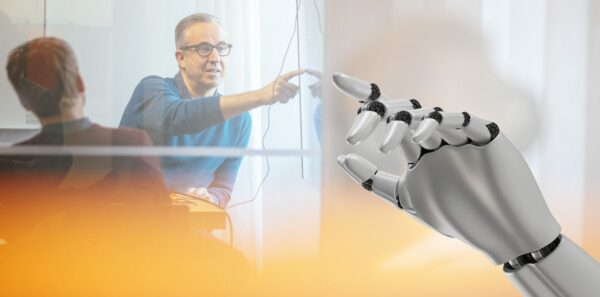
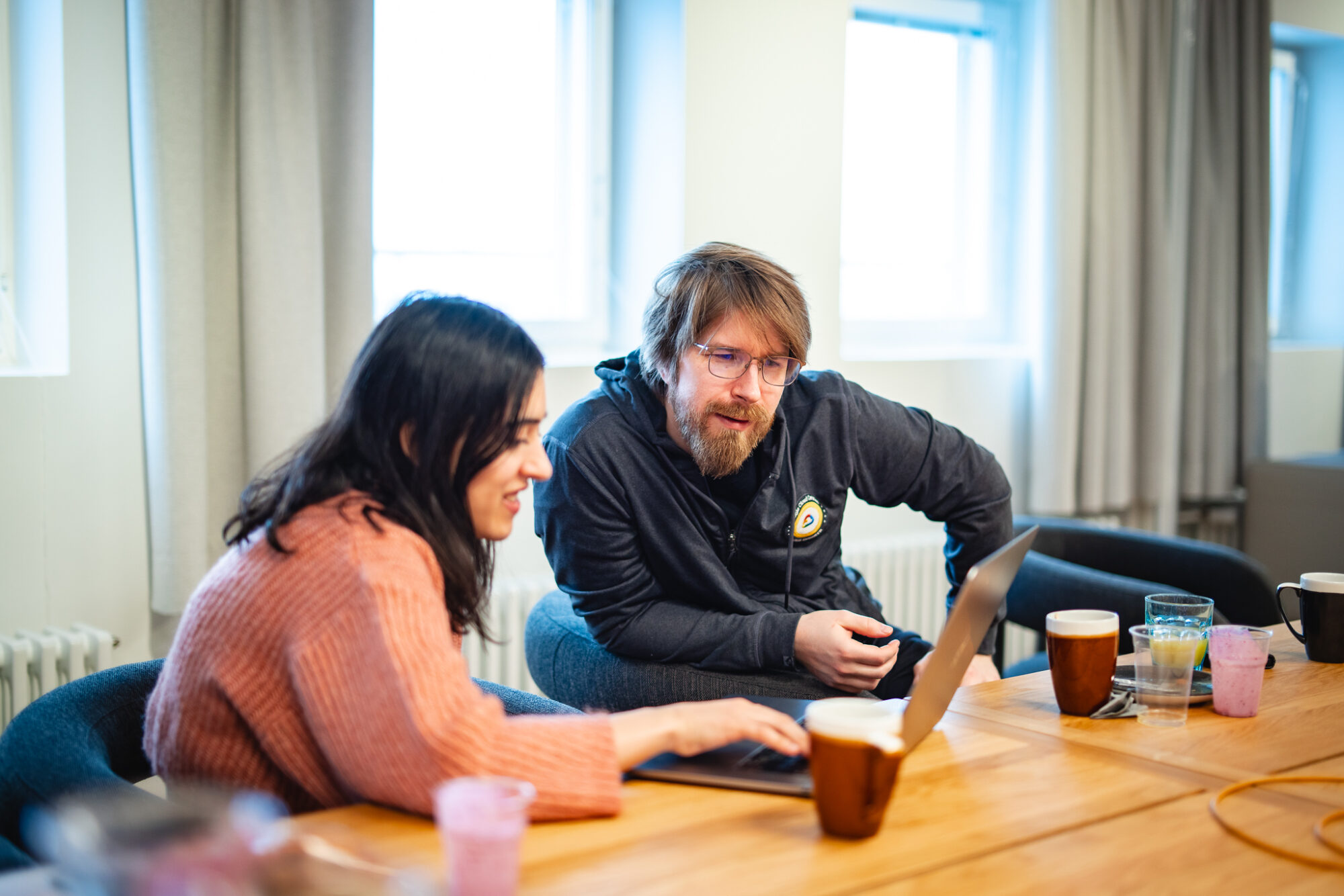
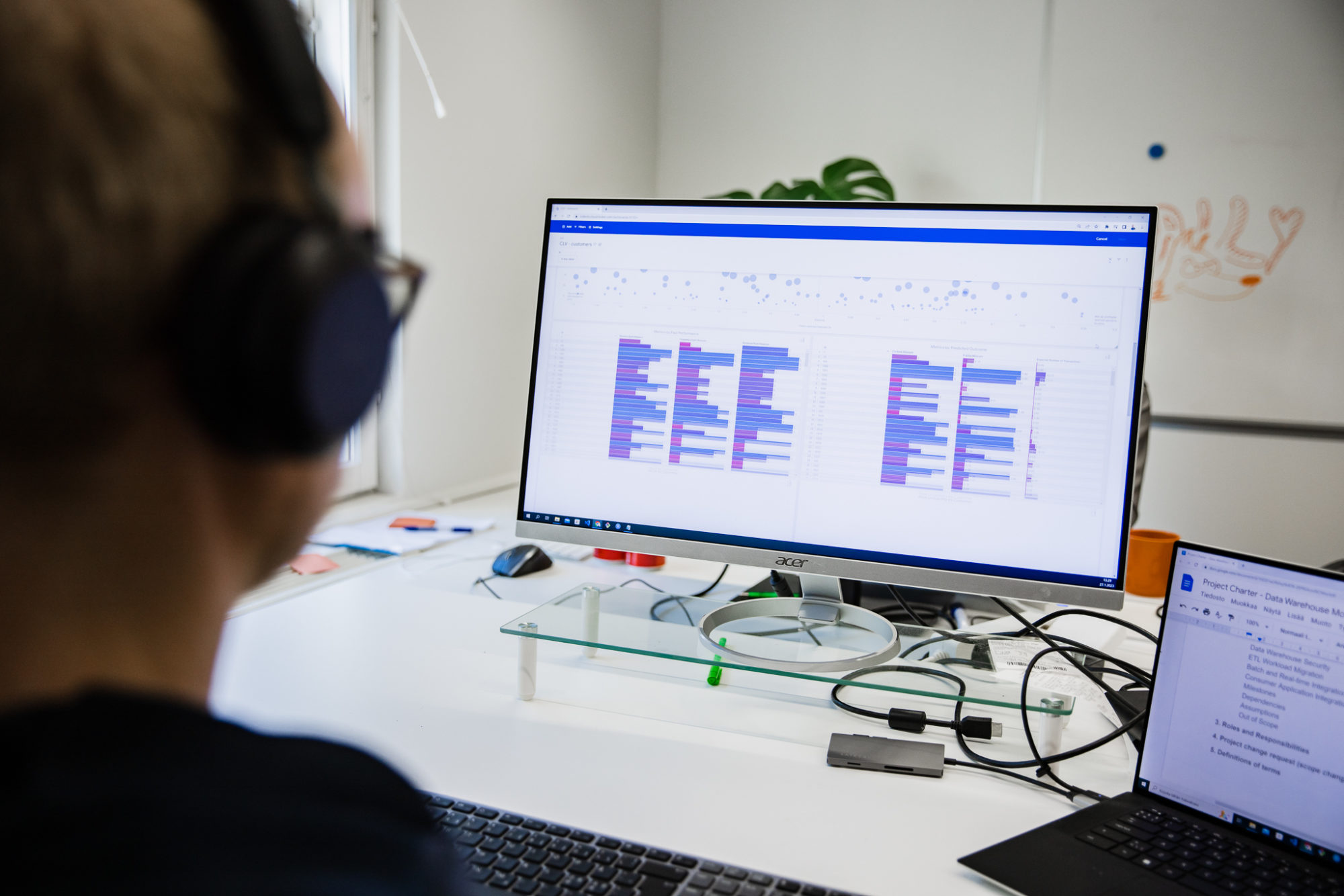
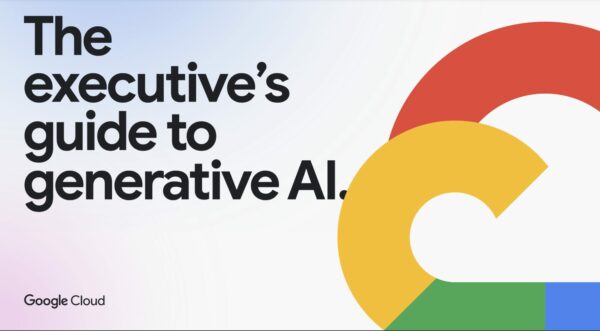

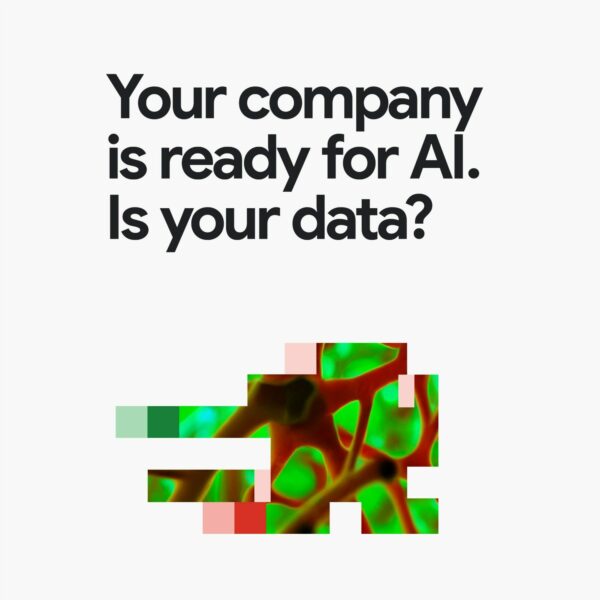
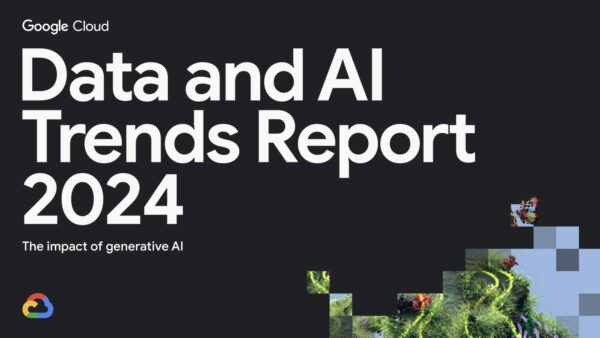
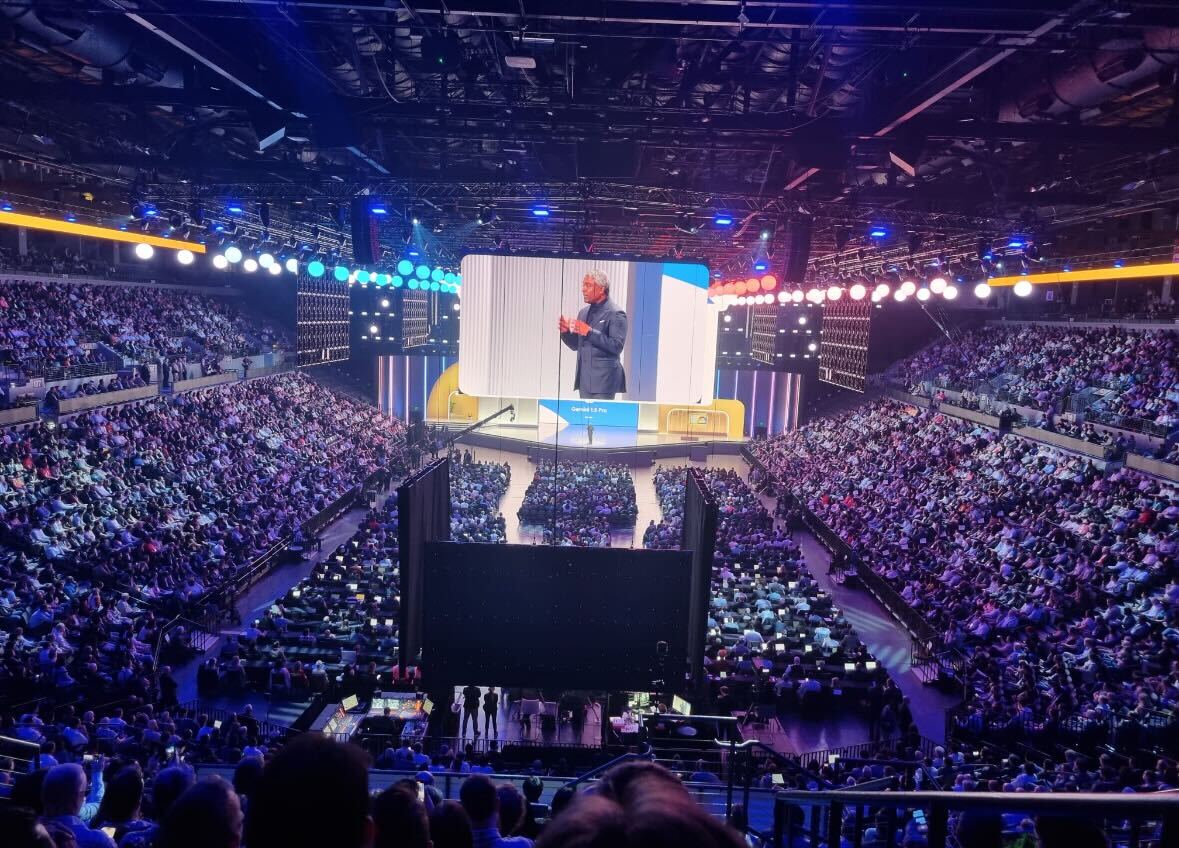
 ctively participating to the event in Las Vegas with Ulf Sandlund and Markku Pulkkinen and remotely via the entire Codento team. Earlier on Tuesday Codento was awarded as
ctively participating to the event in Las Vegas with Ulf Sandlund and Markku Pulkkinen and remotely via the entire Codento team. Earlier on Tuesday Codento was awarded as 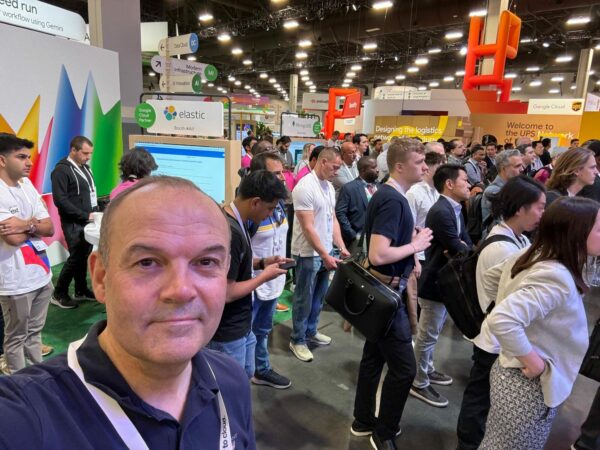 ng embedded across a broad range of Google Cloud services addressing a variety of use cases and becoming a true differentiator, for example:
ng embedded across a broad range of Google Cloud services addressing a variety of use cases and becoming a true differentiator, for example: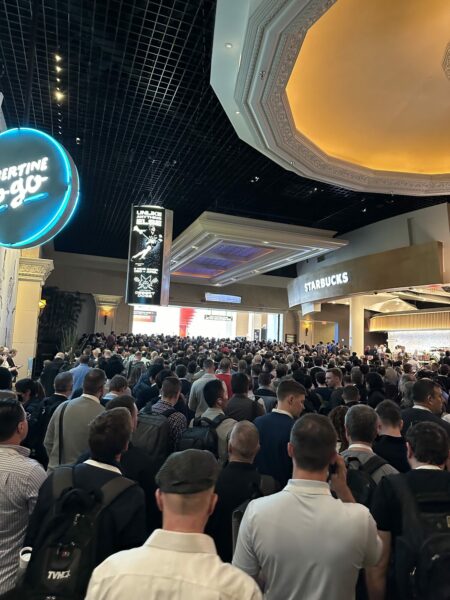
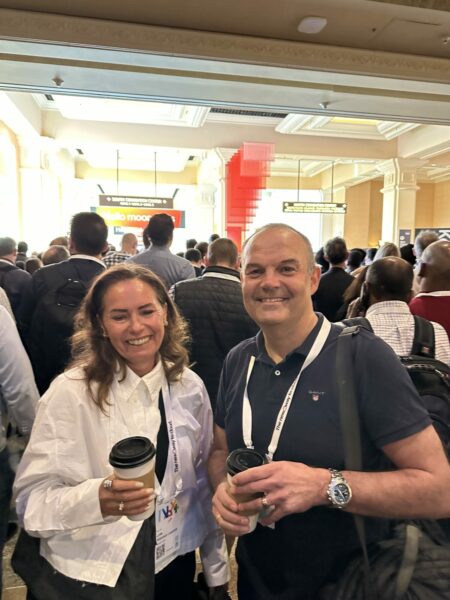 What is already known convinces us that Google Cloud and its AI approach continues to be completely enterprise-ready providing capabilities to support deployments from pilot to production.
What is already known convinces us that Google Cloud and its AI approach continues to be completely enterprise-ready providing capabilities to support deployments from pilot to production. 

